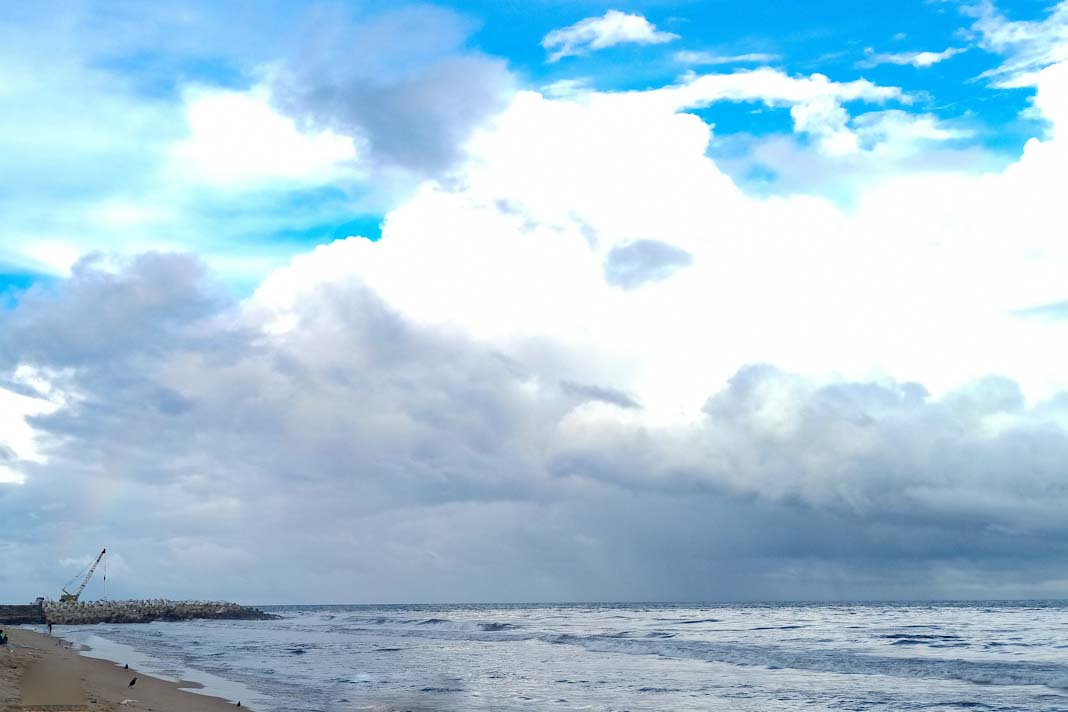On 31 January 2023, while berthing at Teesport, UK, the vessel Tortugas encountered a critical incident involving a forward spring line. After securing one spring line and a breast line both forward and aft, the vessel received instructions to shift ahead by approximately 10 meters, reports MISU.
About the incident
At the time of the accident, the sky was clear, and visibility was about 10 nautical miles (nm). Winds of Beaufort Force 7-8 were blowing from the West, and the sea state was ‘moderate,’ with a low, westerly swell. The air and sea temperatures were recorded at 8℃ and 6℃, respectively.
During the shifting process, the officers supervising the forward mooring station positioned themselves near the forward spring line to monitor it. However, due to an oversight, the brake of the mooring winch for the forward spring line had not been loosened, and its gear had not been re-engaged. As a result, the forward spring line experienced excessive tension and eventually parted, leading to the injury of the supervising officer.
Narrative
The Tortugas arrived at the Teesport pilot station at about 0600 on 30 January 2023. Two pilots boarded the vessel at 0624. Following a master/pilot exchange of information, the master held a toolbox talk on the bridge, briefing the two third officers responsible for the forward and aft mooring stations about the tugboat and mooring configuration. The officers were informed that the vessel would be moored with three head and stern lines, sent ashore via mooring boats, along with one spring line and one breast line at both the forward and aft mooring stations.
Upon reaching their respective mooring stations, the third officers discussed the plan with the crew members. Shortly after, the Tortugas entered the approach channel to the port. By 0705, two tugboats were made fast, one forward and one aft, while a third stood by to assist on the vessel’s port beam. Eventually, the vessel entered the basin to come alongside its designated berth.
At 0730, the forward mooring station team passed the first mooring line ashore, which was the forward spring line from the outer split-drum of the starboard mooring winch. Due to a strong offshore wind, the forward tugboat was cast off and requested to push the Tortugas from the port side midship area to help keep the vessel alongside the berth. Meanwhile, the aft mooring station team passed the aft spring line ashore. Both forward and aft mooring stations then passed one breast line each, with the forward breast line being passed from the inner split-drum of the starboard side mooring winch.
At 0744, the bridge team decided that an additional breast line would be required from both mooring stations due to the strong offshore wind. The pilot then advised the master that the vessel would need to move about 10 meters ahead to correctly position the ramp. It was agreed that this movement would be done using the vessel’s spring lines, with the tugboats assisting and the main engine used as required.
The mooring station teams were informed about this movement and advised to stand by to adjust the mooring lines. While the aft mooring station team confirmed their readiness, the forward mooring station team requested more time to prepare. At 0747, the third officer at the forward mooring station confirmed his team’s readiness for the bridge. The master then instructed the crew members to slack the forward spring line and heave up the aft spring line. Both mooring station teams acknowledged these instructions. The main engine was then ordered to ‘dead slow ahead,’ and the vessel started to move.
At 0748, when the vessel had moved about 6 meters, the master observed the forward spring line getting taut and the forward breast line getting slack. He instructed the forward mooring station team not to slacken the breast line. A few seconds later, the forward spring line parted with a loud noise, and the mooring winch brake did not render.
The main engine was immediately stopped, reversed, and followed with a kick astern. The master then called the forward mooring station team to check if all was well. The bosun immediately replied on his portable radio that the third officer had been injured.
The chief officer rushed forward with a medical team to assess the third officer’s condition. The injured third officer was observed to be in pain, with no bleeding but a suspected fracture of his right thigh bone. The medical team immobilized the third officer’s right leg and moved him on a stretcher to a nearby sheltered location. The pilot notified the local authorities and requested a shore ambulance. The master notified the company and the vessel’s local agents.
The rest of the crew members completed the mooring operation, and at 0842, the stern ramp was lowered to allow the shore ambulance to reach the injured third officer. Medics from the shore ambulance assessed the injured third officer’s condition before transferring him to a local hospital.
Key Findings
- Cause of Line Parting: The safety investigation concluded that the forward spring line parted due to tensile overload.
- Safety Oversight: The brake of the mooring winch was not loosened, and the gear was not re-engaged, causing the line to fail under tension.
Safety Actions and Recommendations
The Marine Safety Investigation Unit (MSIU) has not issued any recommendations as the company responsible for the Tortugas has already implemented necessary safety actions following the incident.
Did you subscribe to our daily Newsletter?
It’s Free! Click here to Subscribe
Source: MISU

















